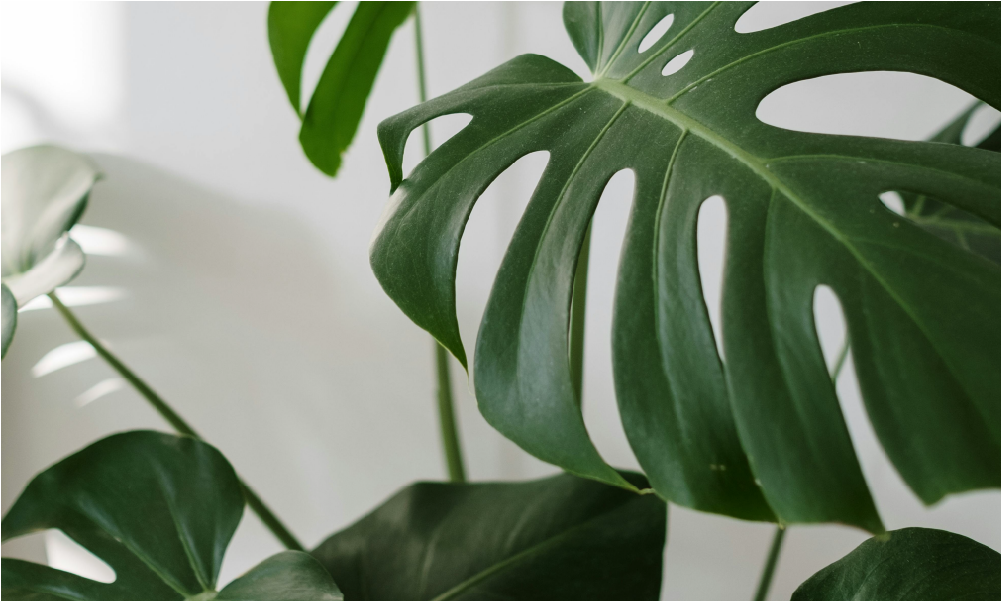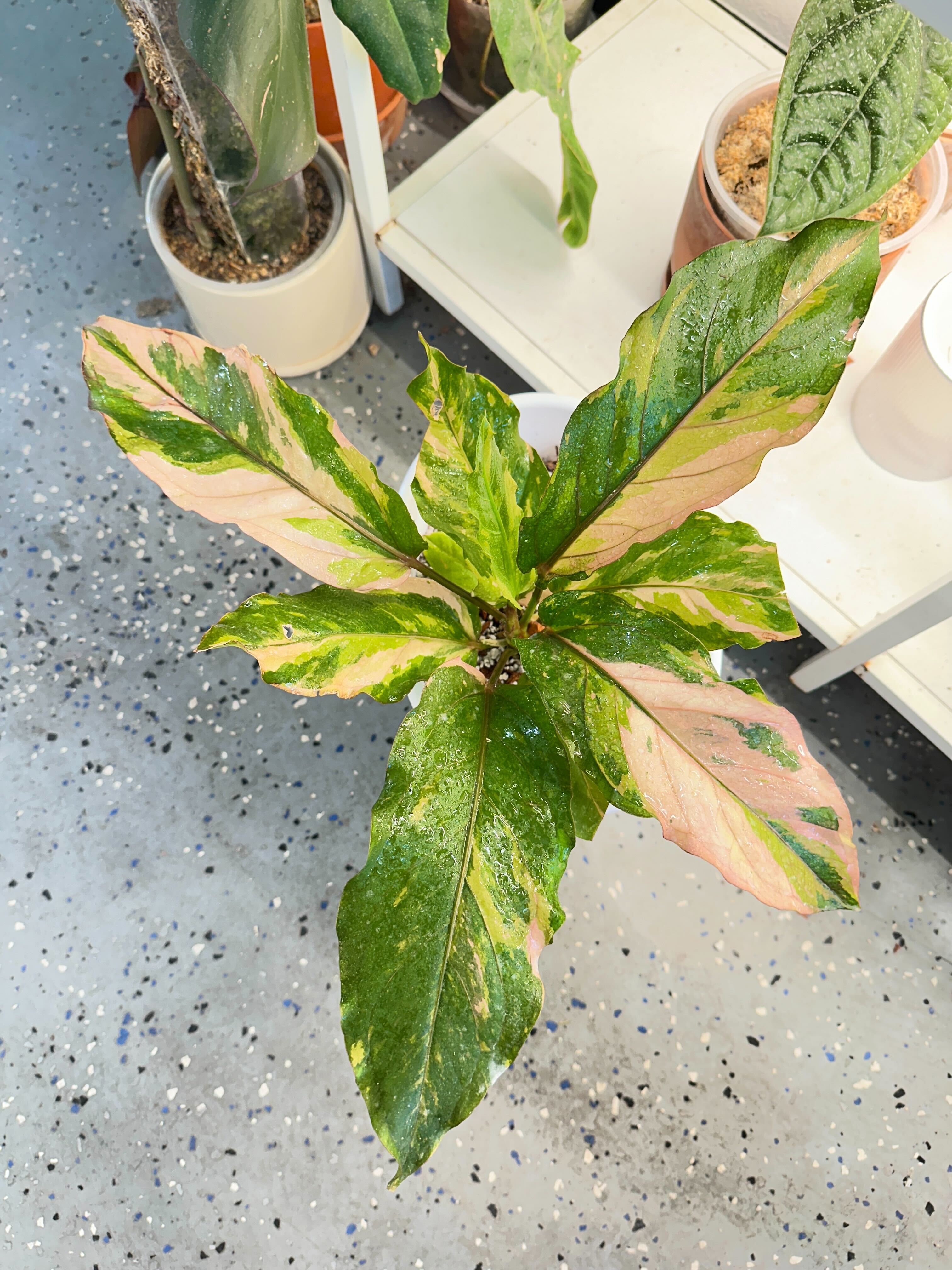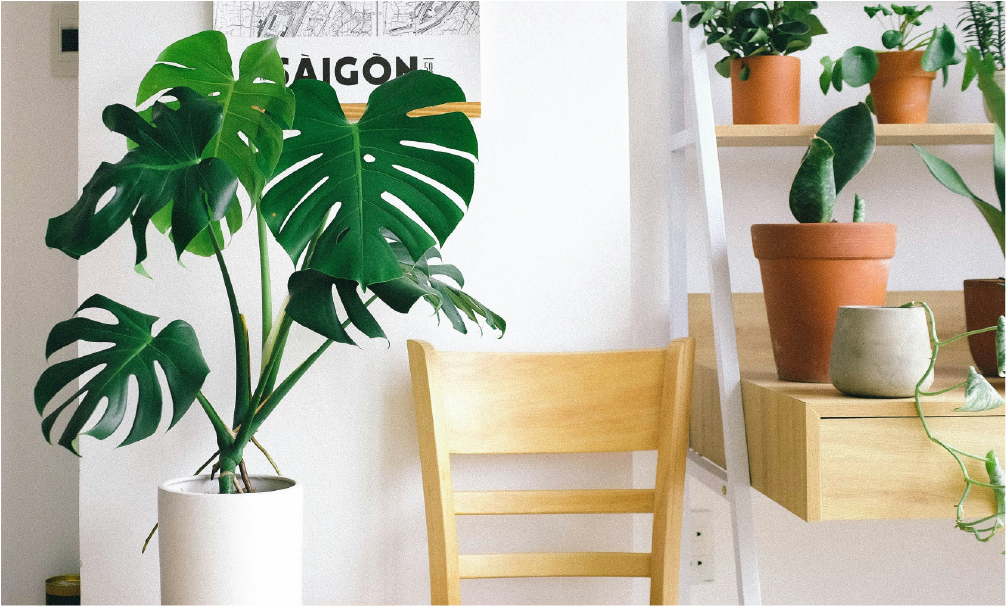10 Low Light Indoor Plants for Apartments

Living in an apartment often means navigating limited natural light, which can pose a challenge for plant enthusiasts. Fortunately, many beautiful indoor plants thrive in low-light conditions, allowing you to cultivate a lush environment even in darker spaces. Here’s a curated list of ten low light indoor plants that are perfect for apartment living, complete with their key features and essential care tips.
1. ZZ Plant (Zamioculcas zamiifolia)
Key Features: The ZZ plant has glossy, dark green leaves and a unique growth habit, making it a stunning focal point.
Care Tips: Extremely low-maintenance, this plant can tolerate neglect and low light. Water when the soil is completely dry, and it thrives in various light conditions.
2. Cast Iron Plant (Aspidistra elatior)
Key Features: True to its name, the cast iron plant is nearly indestructible and can survive in almost any environment.
Care Tips: It thrives in low light and prefers to dry out between waterings. Water sparingly, and it can handle neglect with ease.
3. Philodendron (Philodendron hederaceum)
Key Features: Philodendrons are known for their heart-shaped leaves and trailing vines, making them an attractive addition to any room.
Care Tips: This plant is very adaptable and thrives in low light. Water when the top inch of soil is dry. It prefers indirect sunlight but can also tolerate lower light conditions.
4. Pothos (Epipremnum aureum)
Key Features: Pothos is a classic houseplant with heart-shaped leaves that can trail or climb, offering versatility in decor.
Care Tips: Pothos is incredibly forgiving, making it perfect for beginners. Water when the top inch of soil feels dry. It does well in various light conditions, from low light to bright, indirect sunlight.
5. Aglaonema (Aglaonema commutatum)
Key Features: Known for its colorful foliage and stunning patterns, Aglaonema can brighten up any dull corner.
Care Tips: This low-maintenance plant thrives in low light and prefers slightly moist soil. Avoid direct sunlight to prevent leaf burn.
6. Scindapsus (Scindapsus aureus)
Key Features: Also known as satin pothos, Scindapsus features beautiful, silver-spotted leaves that can add elegance to your space.
Care Tips: It thrives in low to medium light. Water when the top inch of soil is dry, and it’s adaptable to a range of lighting conditions.
7. Monstera (Monstera deliciosa)
Key Features: Monstera is known for its iconic split leaves, giving a tropical flair to your indoor garden.
Care Tips: While it prefers bright, indirect light, it can adapt to low-light environments. Water when the top 1-2 inches of soil are dry.
8. Rhaphidophora (Rhaphidophora tetrasperma)
Key Features: Often confused with Monstera, Rhaphidophora features smaller, fenestrated leaves and a similar climbing habit.
Care Tips: This plant can tolerate low light and requires watering only when the top inch of soil is dry. It prefers bright, indirect light but adapts well to darker spaces.
9. Syngonium (Syngonium podophyllum)
Key Features: With its arrow-shaped leaves and various color options, Syngonium is both beautiful and adaptable.
Care Tips: Water when the top inch of soil is dry. It thrives in bright, indirect light but can easily adapt to lower light conditions.
10. Anthurium (Anthurium andraeanum)
Key Features: Anthuriums feature glossy leaves and vibrant flowers, perfect for adding a splash of color to your home.
Care Tips: While they prefer bright, indirect light, they can survive in lower light. Keep the soil lightly moist but avoid overwatering.
Conclusion
With these ten low light indoor plants, you can easily transform your apartment into a vibrant oasis, regardless of natural light limitations. Each plant offers unique beauty and resilience, making them ideal for beginners and seasoned plant enthusiasts alike. By following the care tips provided, you’ll be well on your way to creating a thriving indoor garden. Happy planting!






Comments